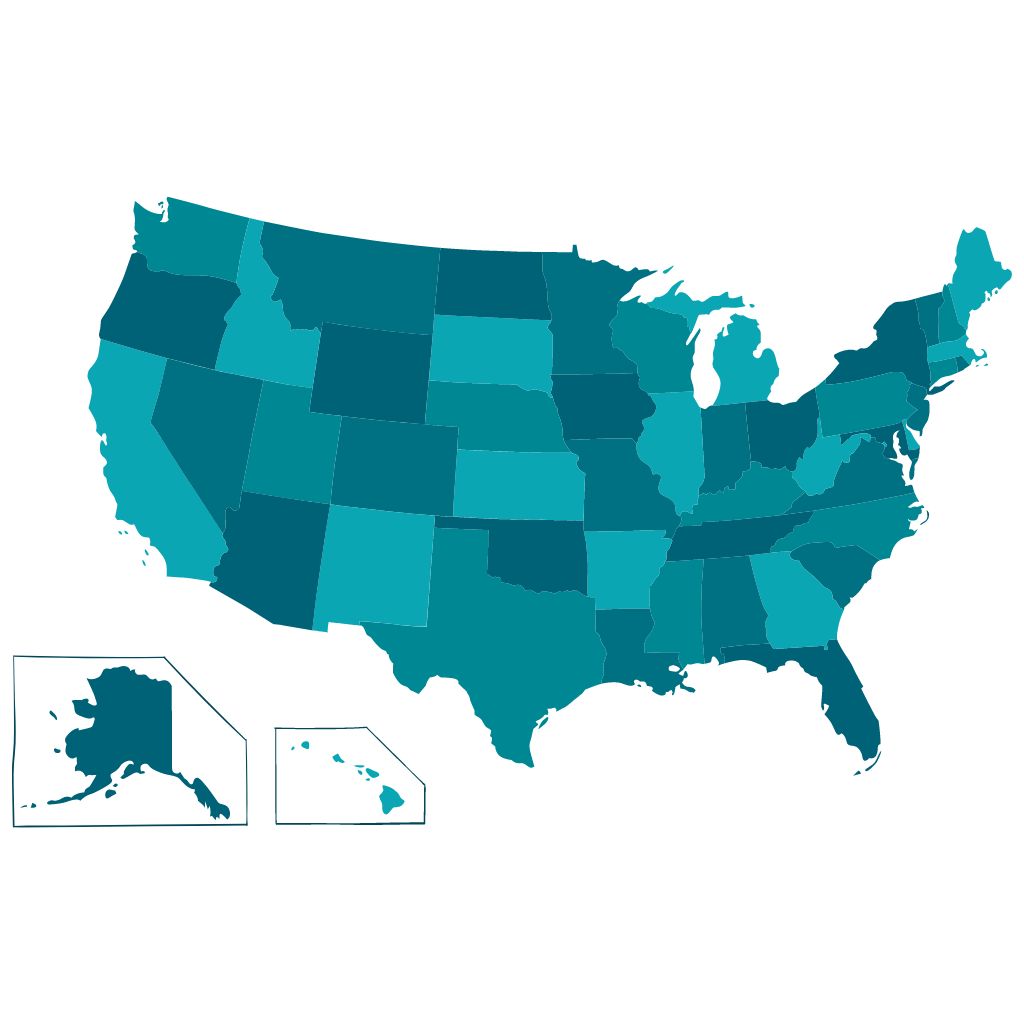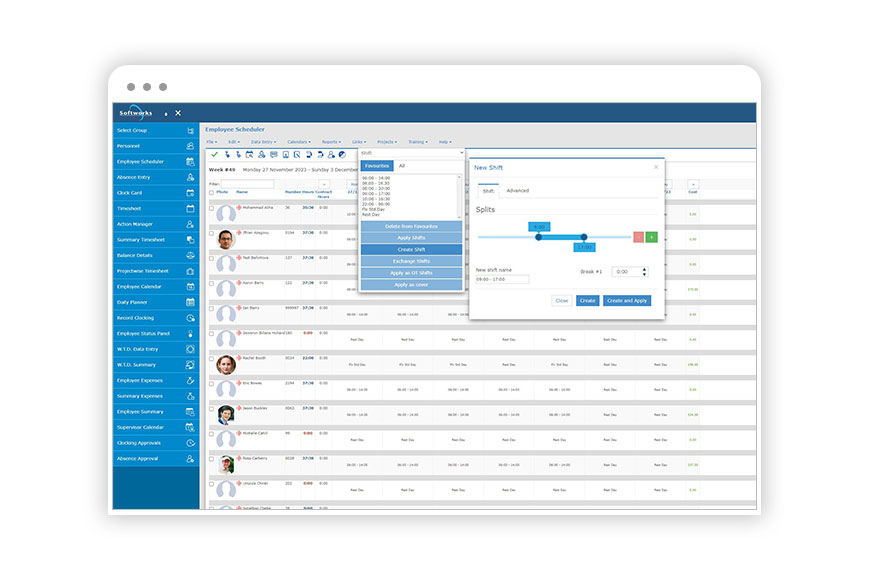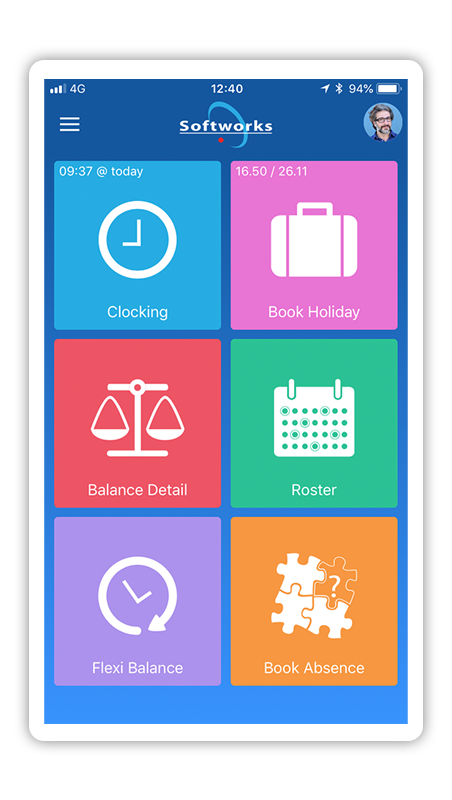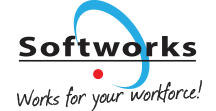Studies have shown that nurse-to-patient ratios have a profound impact on patient outcomes, including the rates of complications, recovery times, and even mortality.
This blog examines nurse-to-patient staffing ratios across the United States, providing a detailed breakdown of the regulations by state. We will identify solutions that align with both legal standards and the preferences of nursing staff, focusing on creating more effective and supportive healthcare settings for both patients and caregivers.
Why implement Nurse-to-Patient Ratios?
The correlation between nurse-to-patient ratios and patient outcomes is well-documented in healthcare research. Studies have found that lower nurse-to-patient ratios are associated with reduced patient mortality, fewer medical errors, and lower rates of infections.

The correlation between nurse-to-patient ratios and patient outcomes is well-documented in healthcare research. Studies have found that lower nurse-to-patient ratios are associated with reduced patient mortality, fewer medical errors, and lower rates of infections.
A recent systematic review and meta-analysis investigating the connection between nurse staffing levels and patient outcomes showed that higher staffing levels are linked to better patient outcomes, including reduced mortality rates, and fewer medication errors, ulcers, and infections.
Specifically, in intensive care and cardiac/cardiothoracic units, increasing nurse staffing led to a 14% decrease in the risk of in-hospital mortality. However, the studies also revealed high variability, indicating the challenge of determining the ideal staffing levels.
The real-world consequences of inadequate staffing extend beyond statistics. There are countless examples around the US where patients have suffered as a result of too few nurses trying their best to cover large areas within Hospitals. These examples underscore the critical need for optimal nurse-to-patient ratios. Not only do sufficient staffing levels improve patient safety and care quality, but they also contribute to nurse satisfaction and retention. The urgency of addressing inadequate staffing cannot be overstated, as it directly impacts the well-being of patients and the effectiveness of healthcare delivery.
A poll done by ConnectRN revealed that 50% of the nurses polled admit they have considered leaving the nursing profession, while 32% noted they don’t feel supported by their employer.
Nurses considering to leave the profession
Nurses don’t feel supported by their employer
Current Challenges in Healthcare Staffing
Let’s delve into the unique challenges that healthcare facilities face when it comes to managing their staffing effectively.

- Schedule Management: Healthcare facilities often struggle with the complexity of managing employee schedules, especially in environments where staffing needs fluctuate rapidly. This can lead to issues such as understaffing during peak hours or overstaffing during slower periods, impacting both patient care and operational efficiency.
- Restrictive Legislation: Needless to say, Hospitals and Healthcare settings are heavily regulated areas. From data protection, patient care, insurance portability, and the ever-growing fear of medical malpractice suits – the list of compliance requirements is ever-evolving, and still lots of healthcare settings are bogged down by manual processes which makes compliance a daunting task.
- Inefficient Systems: Many healthcare facilities still rely on outdated or disparate systems for scheduling, timekeeping, and payroll. These fragmented systems can lead to inefficiencies, duplication of efforts, and a lack of real-time visibility into staffing data.
- Workforce Burnout: Over half of nurses feel guilty about taking breaks and roughly the same number have noticed their patients have suffered because they have too much on their plate. The combination of high patient volumes, staffing shortages, and administrative burdens are resulting in many Nurses opting to leave the field for more stable working conditions. There is an epidemic of burnout for nurses throughout the United States. This not only impacts morale and job satisfaction but also increases the risk of medical errors and patient dissatisfaction.
- Payroll Inaccuracies: Manual payroll processes are prone to errors, leading to inaccuracies in employee compensation. This not only creates frustration among staff but also increases the risk of compliance violations and financial losses for the facility.
Addressing these challenges requires a holistic approach that incorporates technology solutions, streamlined processes, and supportive work environments. By investing in modern workforce management tools and prioritizing staff well-being, healthcare facilities can improve operational efficiency, enhance patient care, and mitigate compliance risks.
How do we help Nurses?
Recognizing and addressing the concerns of nursing staff within their work environment is key to ensuring not only their well-being but also the quality of patient care.

Recognizing and addressing the concerns of nursing staff within their work environment is key to ensuring not only their well-being but also the quality of patient care.
According to a recent survey by ConnectRN, 39% of nurses expressed a strong desire for more flexible shift options. This highlights their need for greater work-life balance and autonomy in scheduling, allowing them to better manage their personal and professional commitments.
In light of these survey findings, it is evident that nurses are not just seeking personal benefits, but rather advocating for improvements that will ultimately enhance the delivery of healthcare services and improve patient outcomes.
What States Have Nurse-to-Patient Ratio Laws Enacted?
At the moment, this is addressed on a state-by-state level. This lack of uniformity poses challenges for healthcare facilities and nursing staff alike, as staffing standards can vary widely from one state to another. Without federal standards in place, healthcare organizations must navigate a patchwork of regulations, leading to inconsistencies in staffing levels and potentially compromising patient care quality.

The Nurse Staffing Standards for Hospital Patient Safety and Quality Care Act has emerged to ensure appropriate staffing levels on a federal level. This proposed legislation aims to establish minimum nurse-to-patient ratios for hospitals nationwide, providing a standardized framework for staffing levels across the country.
Developed with input from the American Nurses Association (ANA), the bill seeks to address the shortcomings of the current system by setting clear guidelines for staffing ratios and promoting patient safety and quality of care. As support for the bill grows, it represents a significant step towards achieving consistency and accountability in nurse staffing practices nationwide. The bill is currently before the Senate but there hasn’t been a movement for some time and with the country in an election year, this may be put on the back burner and continue to put the owners of States to enact their own laws. We’ve broken down what you need to know here:
State-by-State Breakdown
1. California
- Status: Mandated nurse-patient ratios vary by nursing specialty.
- Legislation: AB-394 Health facilities: nursing staff – The law guarantees adequate care time for patients without overworking nurses.
- Specific Ratios:
- Operating room: 1:1
- Step-down: 1:3
- Pediatric: 1:4
- Psychiatric: 1:6
- Labor and delivery: 1:2
- Intensive critical care: 1:2
2. Connecticut
- Status: No mandated nurse-patient ratio.
- Legislation: Public Act 08-79 requires hospitals to have nursing staff committees for overseeing nursing staff implementation of patient care policies, among other responsibilities.
3. Illinois
- Status: No specific mandated ratios.
- Legislation: Public Act 095-0401 mandates facilities to post a staffing plan recommended by a committee of nurses.
4. Massachusetts
- Status: Set average nurse-to-patient ratio in ICUs.
- Specific Ratios: 1:1 or 1:2 depending on patient severity.
5. Minnesota
- Status: Hospitals must publicly post nurse staffing plans.
- Legislation: Nurse Staffing Plan Disclosure Act.
6. Nevada
- Status: Legislation for safe staffing but no specific ratios.
- Legislation: Patient Protection and Safe Staffing Bill (SB 362) requires staff committees for policy implementation.
7. New Jersey
- Status: Hospitals are required to disclose staffing ratios; specific ratios are not mandated.
- Legislation: 2013 mandate for public disclosure of staffing ratios.
8. New York
- Status: Average nurse-to-patient ratios established by specialty units.
- Legislation: Senate Bill S1168A mandates hospitals to adhere to specific ratios and disclose them publicly.
9. Ohio
- Status: Committees oversee nursing staff and policies, but no specific ratios are mandated.
10. Oregon
- Status: Oregon Nurse Practice Act requires hospitals to have staff committees but no specific ratios.
- Legislation: Oregon Revised Statutes, Chapter 678.010-678.445.
11. Texas
- Status: Health and Safety Code requires committees to oversee nursing staff without specific ratios.
- Legislation: Chapter 257 mandates hospital committees.
12. Washington
- Status: RCW § 70.41.420 requires staff committees for policy implementation but no specific ratios.
Alternatives to Mandated Ratios
- Public Reporting Systems: Illinois, New Jersey, New York, Rhode Island, and Vermont require hospitals to disclose staffing ratios publicly.
- Hospital-Based Staffing Committees: Connecticut, Illinois, Nevada, New York, Ohio, Oregon, Texas, and Washington utilize nurse-driven staffing committees, with at least 50% direct care nursing staff, to evaluate staffing challenges.
Benefits of Employee Scheduling and Time Attendance Software
Employee Scheduling and Time and Attendance Software by Softworks adeptly balances the legal mandates for staffing and nurses’ need for flexibility and efficiency in their schedules. The benefits of such software are multifaceted, impacting both staff and patients positively.

Legal Compliance Made Easy
Softworks’ software automates schedule compliance, simplifying adherence to nurse-patient ratios and working hours laws. This helps healthcare facilities avoid penalties and ensures high-quality patient care, with schedules customized to each patient and department’s needs.
Empowering Nurses with Flexibility
Softworks Employee Self-service App gives nurses control over their schedules with features like viewing, swapping shifts, and requesting time off via an app. This flexibility boosts job satisfaction and retention by supporting work-life balance and meeting operational requirements.

Operational Efficiency and Savings
Softworks’ software enhances efficiency and reduces costs by automating the tracking of work hours and absences. This leads to lower overtime costs and better management of labor expenses, improving overall operational efficiency.
Real-World Impact: Case Studies
- Improved Staff Satisfaction: A hospital using Softworks allowed nurses to input their availability, leading to higher schedule satisfaction rates and reduced turnover.
- Cost Reduction: A healthcare facility reported reduced overtime costs and increased operational efficiency after implementing Softworks’ time attendance software.
- Enhanced Compliance: A nursing home automated schedule creation with Softworks, easing compliance demonstration during audits and reducing legal risks.
- Better Patient Care: A critical care unit utilized Softworks for flexible staffing, enabling quick adjustments to staff levels in response to patient needs, thus maintaining optimal nurse-patient ratios.
Softworks’ software provides a holistic approach to healthcare staffing challenges. It balances legal compliance with flexibility and efficiency, boosting operational performance and nurse satisfaction. This leads to improved patient care and marks a significant advancement in workforce management within healthcare facilities.
Conclusion
In our exploration of nurse-to-patient staffing ratio laws and the innovations that can address these challenges, it’s clear that a dynamic approach is required. Healthcare facilities face a complex puzzle that involves navigating state-specific regulations while also striving to meet the needs and desires of their nursing staff.
Implementing technological solutions like Softworks’ Employee Scheduling and Time and Attendance Software presents a promising path forward. These tools not only ensure compliance with legal mandates but also empower nurses with greater control over their schedules, promoting a healthier work-life balance and increasing job satisfaction.
Moreover, the push for more flexible and efficient staffing models is not just about adhering to regulations or improving operational efficiency; it’s about fundamentally enhancing the quality of patient care. By adopting solutions that offer real-time scheduling adjustments and transparency, healthcare facilities can ensure that they are adequately staffed to meet patient needs at all times, thereby reducing the risk of burnout among hard-working nurses and improving patient outcomes.
Request a free Demo!
Take the first step towards a complete workforce management solution. Talk to us today!
Sources
- Driscoll A, Grant MJ, Carroll D, Dalton S, Deaton C, Jones I, Lehwaldt D, McKee G, Munyombwe T, Astin F. The effect of nurse-to-patient ratios on nurse-sensitive patient outcomes in acute specialist units: a systematic review and meta-analysis. Eur J Cardiovasc Nurs. 2018 Jan;17(1):6-22. doi: 10.1177/1474515117721561. Epub 2017 Jul 18. PMID: 28718658.
- Listening to nurses creates change, Industry Insights 2022, ConnectRN
- Nurse Staffing Standards for Hospital Patient Safety and Quality Care Act, Congress (.gov)
- AB-394 Health facilities: nursing staff, California Legislative Information
- Public Act No. 08-79, Connecticut General Assembly (.gov)
- Public Act 095-0401, Illinois General Assembly (.gov)
- Juh Hyun Shin, Jung Eun Koh, Ha Eun Kim, et al. (2018) Analysis of professional health provider need in east Nusa Tenggara until 2019. Health Syst Policy Res Vol. 5 No.1:67. Current Status of Nursing Law in the United States and Implications
- Nurse Staffing Plan Disclosure Act. Minnesota Legislature(.gov)
- Patient Protection and Safe Staffing Bill (SB 362). Nevada Legislature (.gov)
- New Jersey Department of Health and Senior Services (.gov)
- Senate Bill S1168A. The New York State Senate (.gov)
- Oregon Nurse Practice Act. Oregon State Board of Nursing (.gov)
- Health and Safety Code. Texas Department of State Health Services (.gov)
- RCW § 70.41.420. Washington State Legislature (.gov)
About Tomislav Rucevic
Tomislav Rucevic, an SEO Specialist at Softworks, stands out as more than just a marketer. He’s a fervent writer and influential thinker passionate about Workforce Management, HR, and work-life dynamics. Holding an MBA in Marketing, Tomislav excels in creating content that delves into the complexities of the modern workplace.
His dedication to writing on these topics is highlighted in his MBA thesis, which examined the link between Employee Motivation and Quality Improvement. At Softworks, he expertly merges his SEO skills with his writing prowess, contributing to the company’s digital success and advancing discussions on enhancing work environments and achieving work-life balance.









